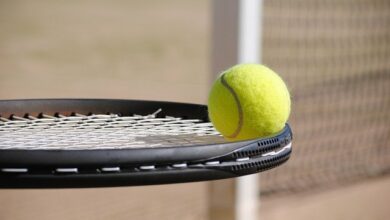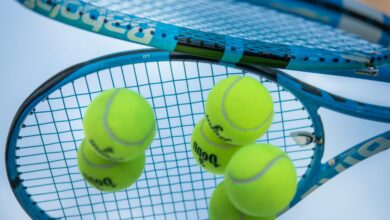How to choose the perfect tennis racket for yourself
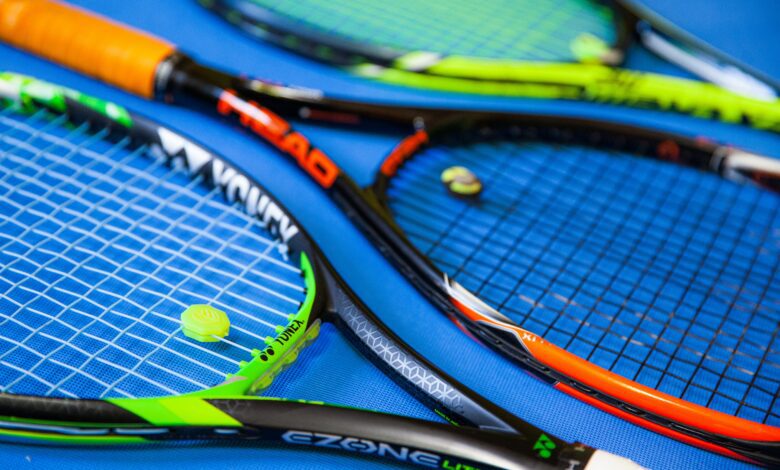
If you are looking for a tennis racquet but don’t quite know how to choose one, look no further as this really is the ‘guide to buying a tennis racquet‘ which you don’t want to miss out on.
Also check out: Top 10 Best Tennis Rackets in the World
Also check out: Top 10 Best Tennis Budget Rackets – Cheap Tennis Rackets
Also check out: The Best Tennis Balls – Long Lasting and High Bouncing
At first glance, it might seem as if buying a tennis racquet is no big deal, just choose one out of a bunch in a shop by holding it for a few seconds, probably focus more on the color of the racquet, shell out some money and that’s it!
Mind me, it’s not that simple, especially if you are a beginner. After your basic tennis skills and technique, the most important thing in tennis is your racquet since it’s the only medium through which you transfer all your effort to the ball. The added problem is that tennis racquets involve so many different things that it seems like each one of them is custom-made and not like a football where each ball feels exactly the same as the other one and you can just go out and start kicking whichever one you want to.
How To Buy A Tennis Racquet? How To Choose The Perfect Tennis Racquet For Yourself?
So one thing we know now is that these questions are not that simple to answer. But provided that you keep on reading the very post with a bit of patience, rest assured that you will NOT be disappointed!
One last thing before we get towards the main chunk of this article is that you guys should make it clear in your mind what exactly do you need from a tennis racquet? Well, we can help you in this respect given that many of you would be coming with a conventional sort of mindset. The thing is that the principal task of a tennis racquet is to make a player feel comfortable and easy on the court rather than tempting one by offering catchy colors, style and build. It is understandable that it is human nature to go after things which please us aesthetically but that’s the thing, you don’t have to beat yourself by getting lured towards the secondary aspects of a tennis racquet! You should instead focus on those parts of a racquet which will help you play tennis efficiently and that’s what we are going to be pondering upon here.
PHYSIQUE:

Tennis racquets are considerably linked with the physique of a tennis player. You might naturally be a tall person with muscular, sturdy physique in which case presumably you will need to go for a racquet which provides more stability, precision and control rather than power. Likewise, it is of course possible that you aren’t tall and don’t have a strong, sturdy physique at all in which case you will be needing a tennis racquet which will help you in producing extra power even if it compromises the manoeuvrability to some extent. All the aforementioned stuff is mainly related to the frame and beam width of a racquet. When we talk about frame width, we are referring to the broadness of the ‘throat’. Similarly, beam width is a measure of the thickness of a racquet’s sidewalls. So, a wider throat and a wider beam width means a more powerful racket as there is more material in the racket therefore giving you more strength when you contact the ball. Your swing and your style of play will also determine whether you go for a wider or a narrower frame. Shorter arms usually produce less swing speed and longer ones tend to produce greater speed. Anyone with a little bit of know-how on tennis will be able to tell you your swing speed. You can think of swing speed as being proportional to the power you exert on the ball. Speaking of style of play, you can either be aggressive or a defensive player. If you take the ball early and tend to attack more, you should go for a racquet that prioritizes power. Similarly, if you prefer more on staying in a rally and getting extra balls back from the back of the court, a narrower framed racquet would suit you better.
There is more. In order to stand a proper chance of competing against your friends or any club member for that matter, you will need to pay heed to other aspects of a tennis racquet so that when all is said and done, you have a racquet which is truly bespoke for you and one which you actually don’t blame for limiting your real potential on the court!
HEAD SIZE:
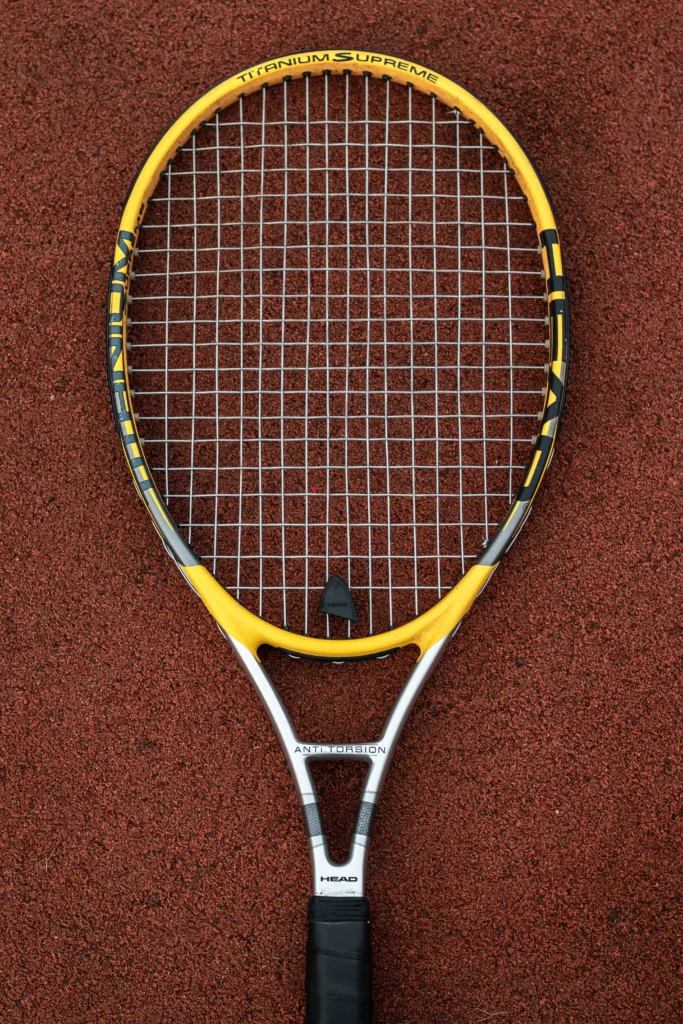
This normally ranges between 95 square inches and 110 square inches. Larger heads offer more power and a bigger sweet spot, so those who are relatively new to the game will be better off with these as they don’t have the expertise yet on which part of the racquet to make contact with. Conversely, smaller heads give more control and precision so if you are a powerful or a defensive player and have the confidence to execute a shot with a smaller sweet spot, you should go for a racquet with a smaller head.
RACQUET LENGTH:
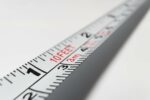
This doesn’t vary that much to be honest, but it still can make a difference if you are a perfectionist by nature or have considerably improved your game. Tennis racquets usually range from 27 inches to 29 inches length. Longer ones are, in general, lighter than the standard-framed ones and give increased reach alongside helping put more power on the serve (because you can hit the ball from a greater height and place it down on a sharper angle). So, whether you are tall or not doesn’t necessarily mean that you opt for a longer racquet or a shorter one. What matters is whether you have a defense-oriented style of play (for maximum reach) and have the confidence of controlling a longer racquet. If you have both of these or even one, you might just be better off with a longer racquet.
WEIGHT:
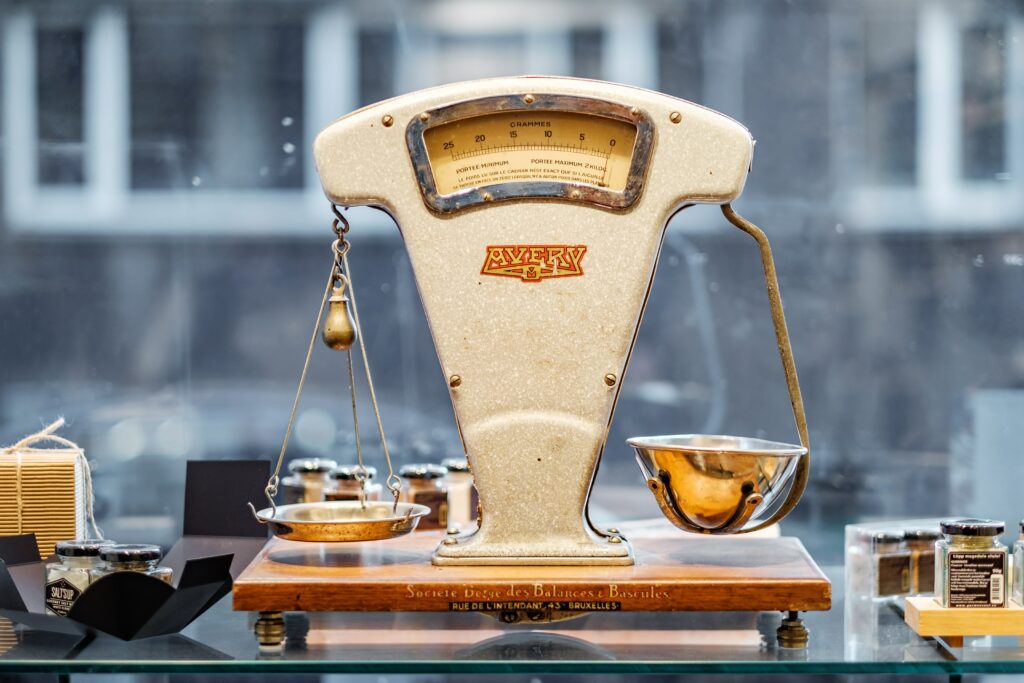
If you are a skinny person, beware of buying a heavier racquet! Manufacturers normally offer a range of weights for a particular model, so do not hesitate to ponder over the weight of a certain racquet, especially since even the same models can differ in the very department. Racquets on the heavier side, usually 320 grams or more, will undoubtedly offer more power than their lighter weight counterparts (310 grams and less) but will find a trade off with decreased manoeuvrability alongside wearing you out sooner. Not only that, speaking of weight, do remember that strings too add quite some weight to the racquet overall, in fact about 30 grams, so test a racquet with strings before you make up your mind on one.
STRING TENSION:
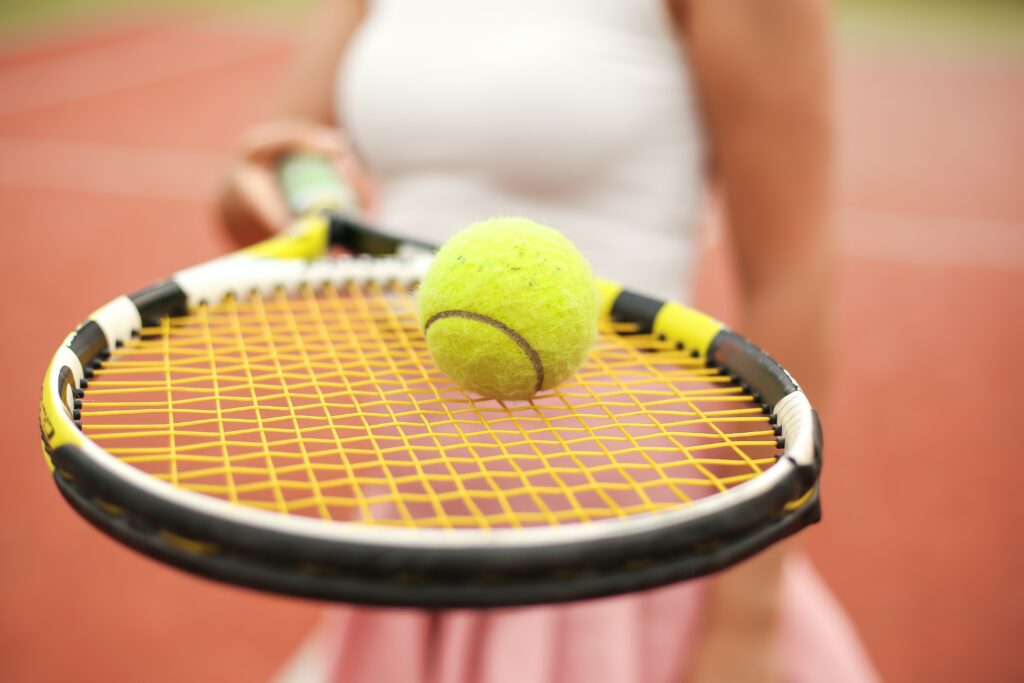
String tension is often overlooked when it comes to selecting a tennis racquet. To give you an idea about how varied the very tension can be, some players on the ATP Tour string as low as in the 30 lbs range while others can do the same at as high as a whopping 70 lbs. Now how does tension in the string relate to the effect on the ball? Well, low tension gives more power and high tension gives more control. Lower tension strings stretch more during impact and thus store more energy, so when the ball rebounds from the racquet, more energy is returned, making it leave at a higher speed. Just a word of caution – After long use, tennis racquets lose tension in the string which will disturb the way you execute strokes and can in fact, ruin the original calibration you had set while playing any shot, so make sure that if something like this happens you don’t blame the wrong thing for the aforementioned cause and get that rectified appropriately.
BALANCE:
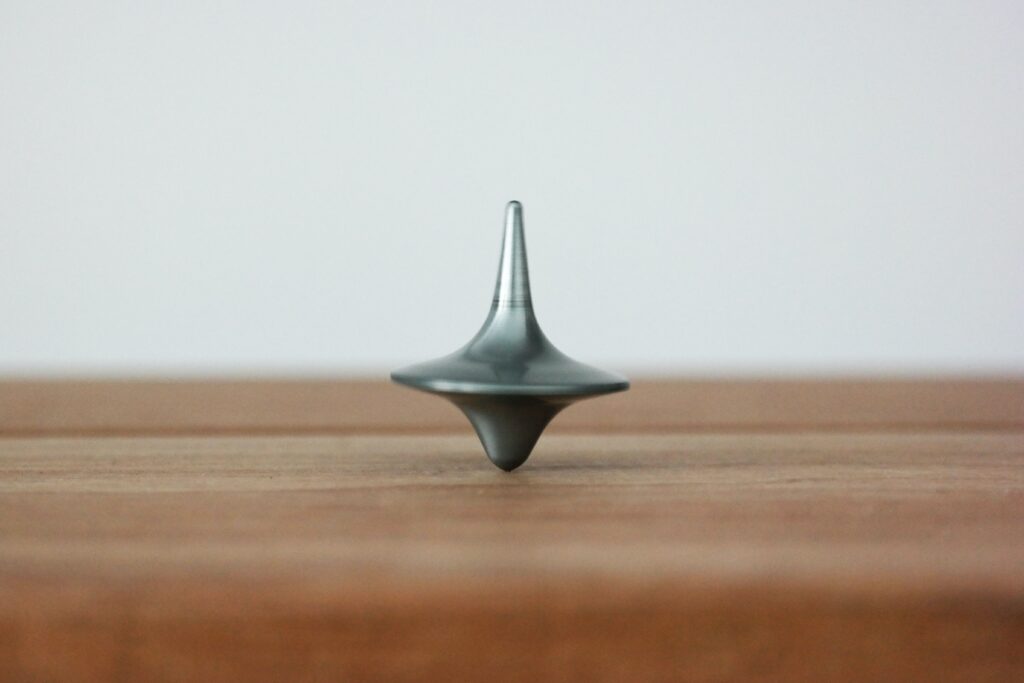
This is not the easiest aspect to get over when it comes to the selection of a tennis racquet, but our advice would be that you try a bunch of different racquets for some time and carefully decide at which part of the racquet you want more weight to be concentrated, like in the head, if so, opt for a racquet with a thick beam, a wider beam width and fit in some nice and heavy strings. Likewise, if you prefer more weight in the lower end of the racquet, i.e the part consisting of the throat and the handle, opt for a racquet with more material in the throat, a longer handle and maybe even go for a thicker grip. Now the way all this affects your play is that head-heavy racquets generally feel lighter, resulting in extra power in groundstrokes while head-light racquets are usually heavier and more manoeuvrable, thus aiding you in redirecting the pace of the ball, etc.
STIFFNESS:
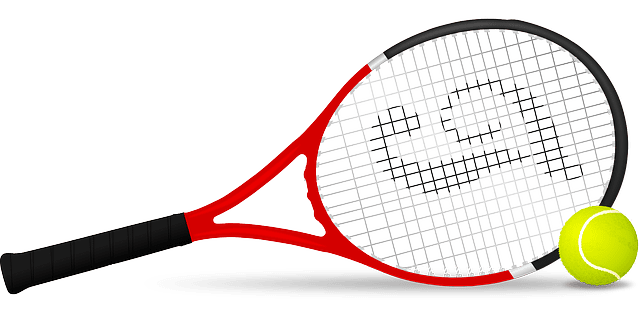
This means how much a racquet bends upon making contact with a ball. The range of stiffness of a tennis racquet is usually between 50 and 85 where the smaller number refers to more flexibility in the racquet and vice versa. The less the distortion in a racquet frame upon getting into contact with the ball, the less flex a racquet has, and thereby a lower stiffness rating. The way you go about in deciding a tennis racquet with respect to stiffness is dependent on the strength of your forearms and the style of your play. A stiffer frame will of course transfer more of your energy to the ball on contact but that comes at a cost as it then sends a greater impact to your entire forearm as well, which can in some cases rupture muscles.
Enough discussion on the core racquet-related stuff, let’s now move to some other things worth noting when buying a tennis racquet.
GRIP/GRIP SIZE:
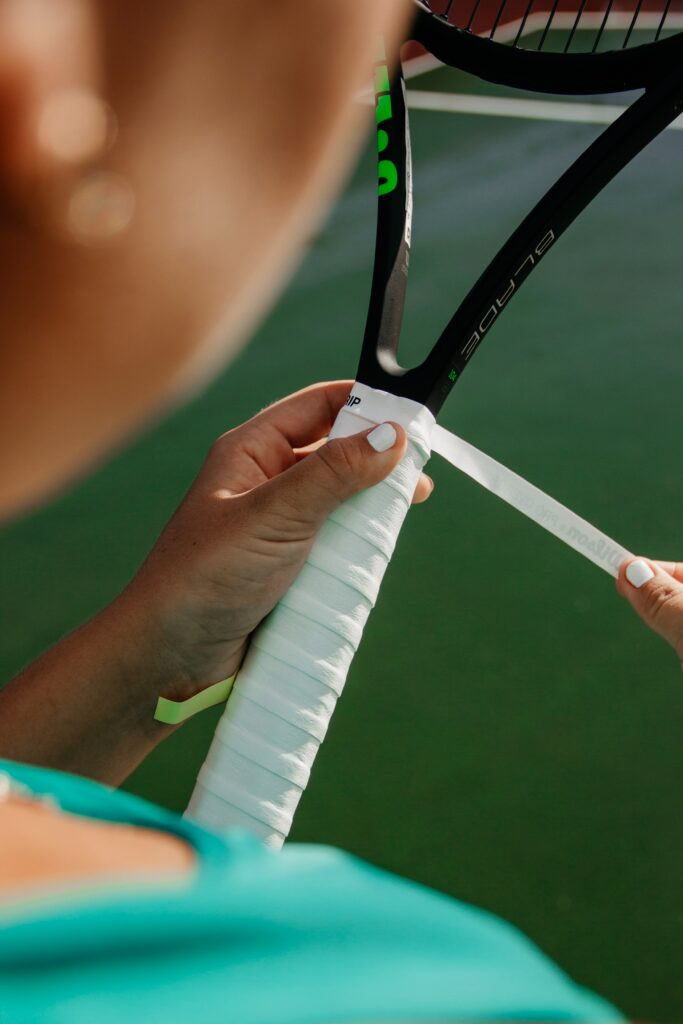
Every individual has a different hand size and everyone feels a certain thing differently. Hence, regarding grip size not much can be said other than the fact that you should try and experience as many grips of various sizes as you can and then narrow down to one which suits you best. A positive thing here is that racquets usually come with a lot of different grip sizes so you won’t have to fiddle too much with other additional grips and then slap them onto the original one to make your racquet usable. Anyways, the best method for determining the grip size of a tennis racket is to measure the length between the tip of the ring finger (on the hand which you play with) and the second line on your palm. The very length shall be identical to the perimeter of the handle of the racquet. For each perimeter, the best grip size can be easily found out. However, if you still don’t feel comfortable on how to come down to the right grip size, the best thing to do is to purchase a racquet with a smaller grip size than you require and then add more grips over that until you feel like the desired grip size has been reached. In fact, the very additional grips are quite cheap and common and can be bought without any hassle at all from a shop close to your residence.
PURCHASING TWO RACQUETS AT A TIME:
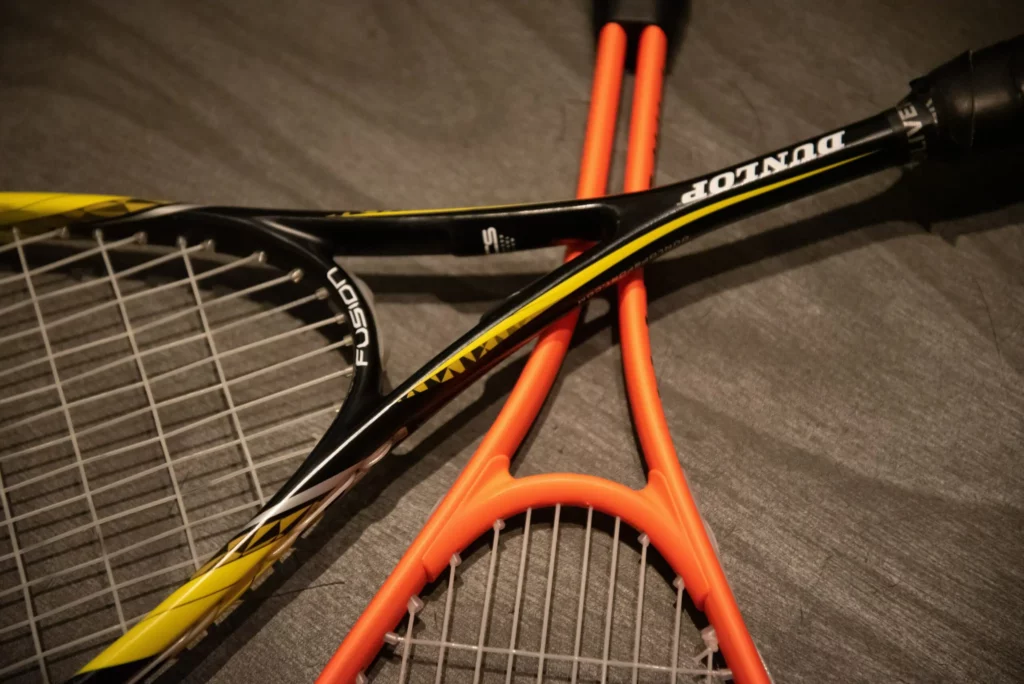
Now this might seem unnecessary to you initially but when we say that this is your go-to ‘Guide To Buying A Tennis Racquet’ we will deliver and encompass each and every aspect of tennis relevant to you here. Just take a minute and imagine, you are competing in a club competition and more or less everything is going fine. The last thing you want in such a situation is to have the frame of your racquet broken (which can either through you hurling it accidentally somewhere or it simply getting to the point where it can sustain no impact anymore) or its strings coming out all of a sudden with a snap! Hence, to avoid getting into the trouble of borrowing a completely different racquet from your friend or even your opponent or maybe grabbing an extra one simply lying around in your club, you will be better off by going to the court with a pair of identical racquets.
We hope that you liked our take on the topic in questionso if you really did, do not forget to share it with your friends and relatives!


